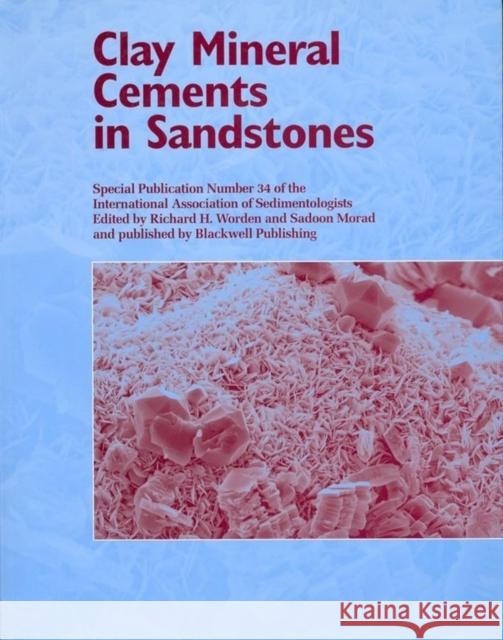Clay Mineral Cements in Sandstones » książka
Clay Mineral Cements in Sandstones
ISBN-13: 9781405105873 / Angielski / Miękka / 2003 / 528 str.
Clay minerals are one of the most important groups of minerals that destroy permeability in sandstones. However, they also react with drilling and completion fluids and induce fines migration during hydrocarbon production. They are a very complex family of minerals that are routinely intergrown with each other, contain a wide range of solid solutions and form by a variety of processes under a wide range temperatures and rock and fluid compositions.
In this volume, clay minerals in sandstones are reviewed in terms of their mineralogy and general occurrence, their stable and radiogenic isotope geochemistry, XRD quantification, their effects on the petrophysical properties of sandstones and their relationships to sequence stratigraphy and palaeoclimate. The controls on various clay minerals are addressed and a variety of geochemical issues, including the importance of mass flux, links to carbonate mineral diagenesis and linked clay mineral diagenesis in interbedded mudstone-sandstone are explored. A number of case studies are included for kaolin, illite and chlorite cements, and the occurrence of smectite in sandstone is reviewed. Experimental rate data for clay cements in sandstones are reviewed and there are two model-based case studies that address the rates of growth of kaolinite and illite.
The readership of this volume will include sedimentologists and petrographers who deal with the occurrence, spatial and temporal distribution patterns and importance of clay mineral cements in sandstones, geochemists involved in unraveling the factors that control clay mineral cement formation in sandstones and petroleum geoscientists involved in predicting clay mineral distribution in sandstones. The book will also be of interest to geologists involved in palaeoclimate studies basin analysis.
- Latest geochemical data on clays in sandstones
- Provides important information for geologists involved in basin analysis, sandstone petrology and petroleum geology











